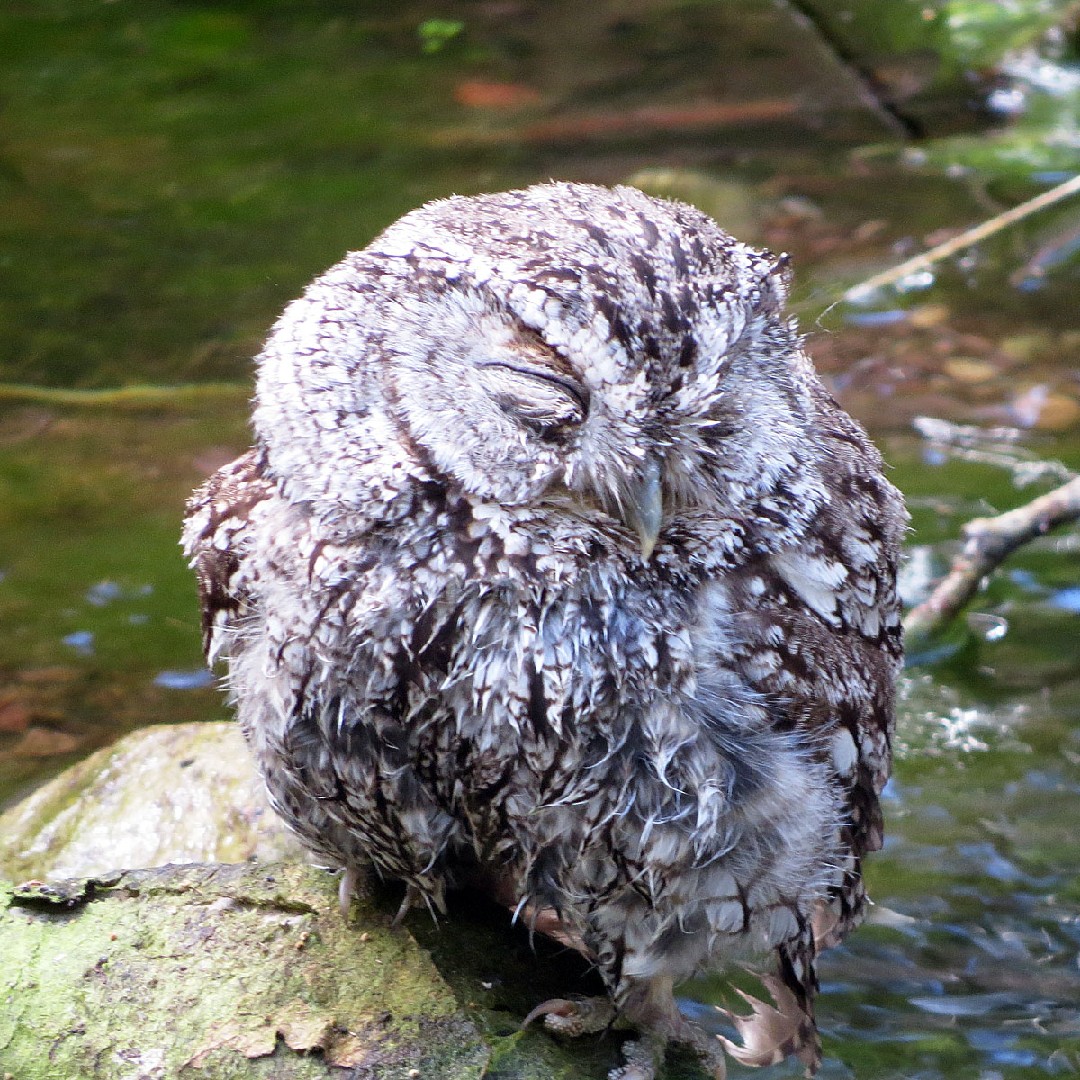Whiskered Screech-owl
A species of Screech owls Scientific name : Megascops trichopsis Genus : Screech owls
Whiskered Screech-owl, A species of Screech owls
Botanical name: Megascops trichopsis
Genus: Screech owls
Content
Description General Info
 Photo By Don Faulkner , used under CC-BY-SA-2.0 /Cropped and compressed from original
Photo By Don Faulkner , used under CC-BY-SA-2.0 /Cropped and compressed from original Description
Adults occur in 2 color morphs, in either brown or dark grey plumage. They have a round head with ear tufts, yellow eyes and a yellowish bill. The bird looks very similar to a western screech owl, but has heavier barring on the breast, and is slightly smaller in size. 
Size
17-20 cm (6.5-8 in)
Life Expectancy
13 years
Nest Placement
Cavity
Feeding Habits
Whiskered Screech-owl primarily consumes large insects, employing nocturnal hunting tactics that involve silent flight to capture prey by surprise. Unique dietary adaptations include keen hearing suited to detecting prey in darkness. Nocturnal feeding includes a preference for woodland insect species.
Habitat
Dense coniferous, oak woodlands, coffee plantations 
Nest Behavior
During the breeding season, males sing at night to defend territory and may attack intruders. Pairs engage in duet calling, bill-nibbling, and mutual preening. The precise timing of nest building and egg-laying is not well-documented.
Nest Characteristics
Whiskered Screech-owl's nest is typically in a tree cavity, like an oak or sycamore, which can be an abandoned woodpecker hole or a natural hollow, usually situated 10-30 feet above ground.
Dite type
Insectivorous
General Info
Feeding Habits
Bird food type
Sounds
Song
Recording location: Mexico
Behavior
These birds wait on a perch and swoop down on prey; they also capture targeted food items in flight. They mainly eat small mammals and large insects, with grasshoppers, beetles, and moths making up a large portion of their diet. They are active at night or near dusk, using their excellent hearing and night vision to locate prey. The most common call is a series of about 8 regularly spaced "boo" notes, slightly higher in the middle, slightly lower at each end. 3 to 4 eggs are usually laid in April or May, usually found in a tree cavity or old woodpecker hole 5 to 7 meters above the ground. 
Species Status
Not globally threatened.
Scientific Classification
Phylum
Chordates Class
Birds Order
Owls Family
True owls Genus
Screech owls Species
Whiskered Screech-owl